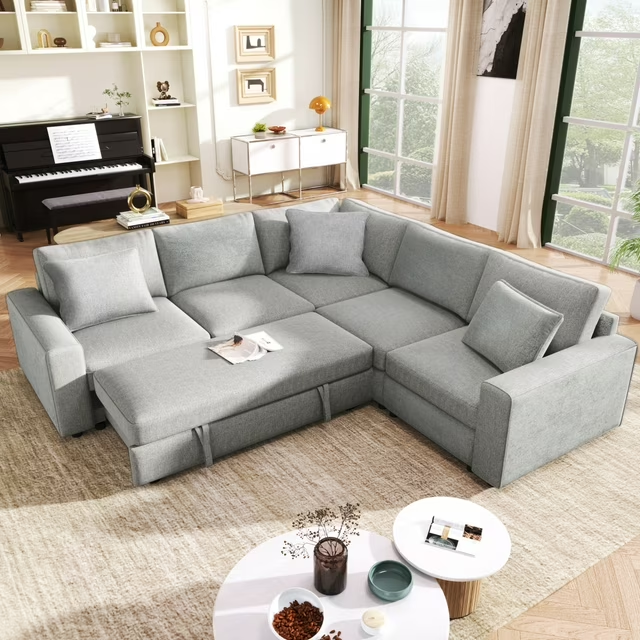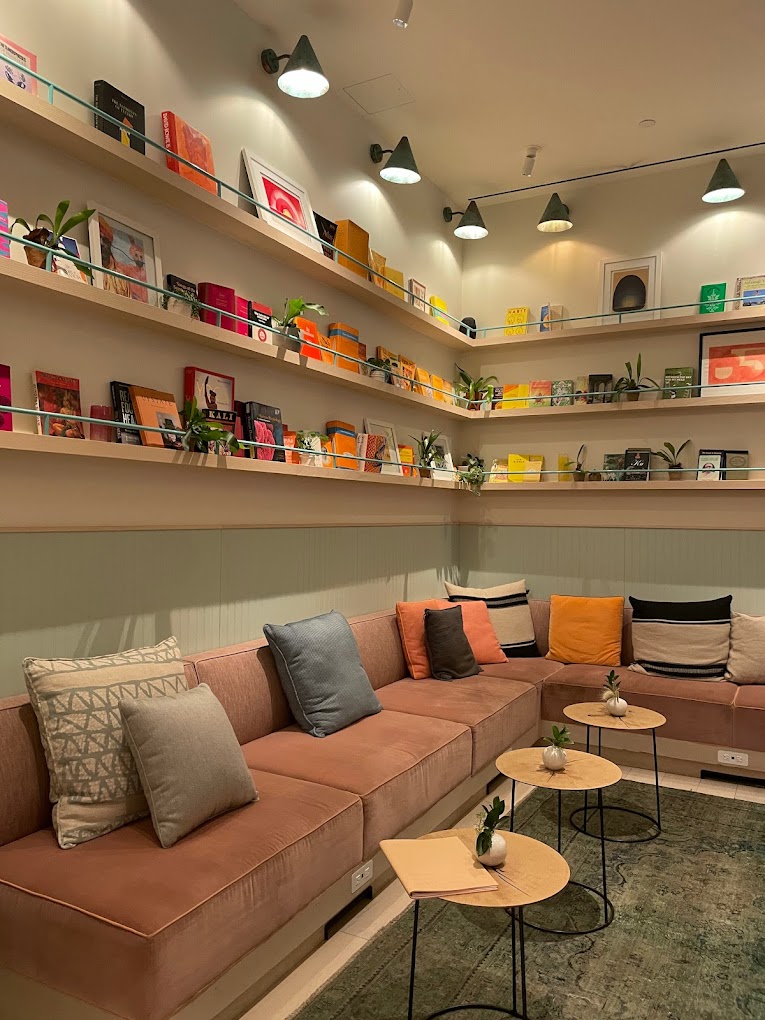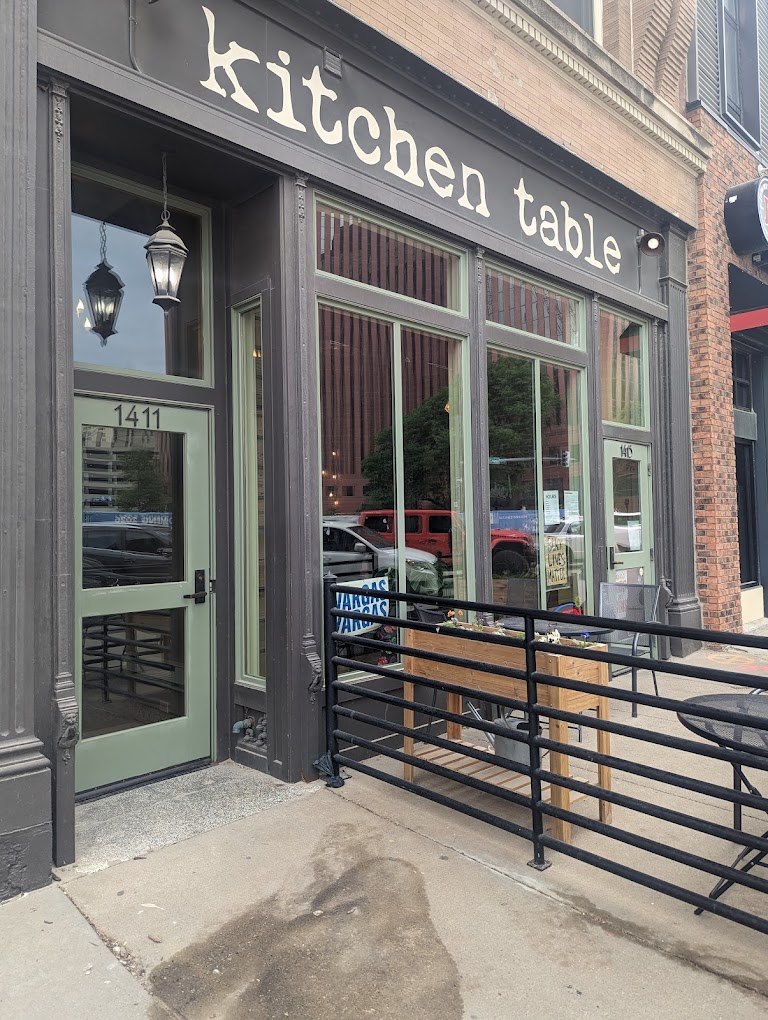Achieving a Flawless Polyurethane Finish on Kitchen Tables
After spending time building or refinishing a kitchen table, you’ll want to protect it with a durable topcoat. Polyurethane is a popular choice to give tabletops a protective shield against daily wear and tear.But what type of poly is best for kitchen tables? And how many coats should you apply?Here we’ll explore tips for choosing the right product and application process for a smooth, resilient polyurethane finish.
Selecting the Best Polyurethane for Kitchen Tables
When it comes to choosing a polyurethane for kitchen tables, you want an oil-based formula. The oil content allows poly to flow on smoothly and self-level for an even finish. Key benefits of oil-based poly include:
- – Durable, protective finish
- – Enhances and deepens wood grain
- – Resists scratches, stains, heat, and liquids
- – Cures to a glass-like coating
Avoid water-based poly for tabletops as it doesn’t provide the same toughness and water resistance once cured. An oil-based poly specifically formulated for tables and floors will ensure your kitchen table stands up to years of use.
How Many Coats of Polyurethane for Kitchen Tables?
For ultimate durability on a kitchen tabletop, a minimum of three coats is recommended. This allows sufficient thickness for protection:
- 1 Base Coat:
Evens out the wood surface to build on
- 2 Top Coats:
Provide full protection and sheen
Adding additional top coats will further boost the life of the finish. Lightly sand with 220 grit sandpaper between coats to ensure proper poly adhesion.
Tips for Applying Polyurethane
- Use a good quality natural bristle brush made for oil-based poly. This gives the best application control.
- Maintain a “wet edge” and finish sections completely to prevent lap marks.
- Apply thin coats, brushing parallel to the wood grain. Avoid over-brushing.
- Lightly sand and tack cloth between coats to remove any dust nibs or debris.
- Allow proper drying time between coats – at least 8-12 hours.
- Finish with a coat of paste wax to increase moisture resistance.
Take your time with proper prep work, product selection, and application. This ensures your kitchen table has a flawless polyurethane finish that provides superior protection and longevity. The extra coats are well worth the effort!
 Achieving a Flawless Brush Stroke-Free Polyurethane Finish
Achieving a Flawless Brush Stroke-Free Polyurethane Finish
Applying polyurethane to a kitchen tabletop without visible brush strokes takes patience and the right technique. Rushing the process can lead to an uneven, amateurish finish.How long should you let poly dry between coats? What application methods help avoid obvious brush marks?Here are tips for getting a smooth, professional-grade polyurethane finish on kitchen tables.
Proper Brush Technique Minimizes Strokes
The key to preventing brush strokes when applying polyurethane is using proper brushing motions:
- Use a high-quality natural bristle brush designed for polyurethane.
- Hold the brush at a 45° angle to the wood surface and use the tip to smooth out the finish.
- Apply in the direction of the wood grain, using long, even, overlapping strokes.
- Brush from one end of the wood section to the other in one continuous motion.
- Avoid excessive brushing back and forth over one area as this creates visible stroke marks.
- Gently tip off the finish by lightly dragging the bristles along behind each stroke.
- Use a brush comb frequently to remove trapped bubbles.
With slow, smooth, straight strokes and avoiding overworking any spots, you can achieve a glass-like poly finish free of obvious brush lines.
Proper Dry Times Prevent Bubbles and Imperfections
Equally important as brushing technique is allowing proper drying time between polyurethane coats. Here are general guidelines:
- 8-12 hours between coats
- 24 hours before light use of the table
- 72+ hours for full cure to maximum hardness
Applying coats too soon can trap solvents, causing bubbles, fogging, and brush stroke impressions. Allowing insufficient dry time leads to improper bonding between coats.
Make sure each layer has fully dried clear and hard before adding the next. Lightly sand with 220 grit sandpaper between coats too for optimal adhesion. With patience, you can build up the 3-5 coats needed for a durable kitchen tabletop finish.
Achieving a smooth, bubble and brushstroke-free polyurethane finish requires care, precision and allowing ample dry times. But the results are well worth the extra care taken. Follow these application tips for a clear, resilient, professional-grade poly tabletop finish.
 Oil vs Water-Based Polyurethane for Kitchen Tables
Oil vs Water-Based Polyurethane for Kitchen Tables
When applying a protective polyurethane finish to a kitchen tabletop, you’ll need to decide between oil-based and water-based formulations. Oil and water-based poly both have advantages depending on your project needs. But which works best for finishing kitchen tables? Here we’ll compare the two and look at potential application mistakes to steer clear of.
Oil-Based Polyurethane Benefits
Oil-based polyurethane remains the best choice for finishing kitchen tables for several reasons:
- Cures to a harder, more durable finish than water-based
- Provides superior moisture, scratch, and stain resistance
- Enhances and deepens natural wood grains
- Flows on smoothly for an ultra sleek finish
- Provides that sought-after “warm” amber tone
The oil content in oil-based poly allows it to self-level and build to create an exceptionally smooth, glass-like coat. While it takes longer to dry, the final result is a tougher, richer looking finish.
Water-Based Polyurethane Trade-Offs
Water-based poly dries faster and has less odor during application. But it has some disadvantages for kitchen tabletops:
- Softer finish more prone to scratches and dents
- Not as moisture or heat resistant
- Can dry too quickly leading to lap marks
- Slightly cloudy or milky appearance
- Raised grain requires extensive sanding between coats
While water-based continues to improve, it still can’t match the hardness and clarity of an oil-based for durable kitchen tabletops.
Avoiding Common Polyurethane Mistakes
To achieve the best results with your chosen polyurethane, avoid these common errors:
- Not allowing proper drying times between coats
- Applying in temperatures or humidity outside ideal range
- Inadequate surface prep – skipping thorough sanding/cleaning
- Using poor quality applicators – cheap brushes leave streaks
- Applying too thick of a coat – leads to drips and bubbles
- Not sanding lightly between coats for adhesion
- Working in a dirty environment – dust ruins the finish
Patience, care, and proper product selection are key for poly tabletop success.
 For the ultimate kitchen table finish, oil-based polyurethane remains the ideal choice. Just be sure to apply it methodically and allow ample drying time. Follow these best practices to achieve a smooth, durable, professional-grade polyurethane finish your kitchen tabletop will wear beautifully for years to come.
For the ultimate kitchen table finish, oil-based polyurethane remains the ideal choice. Just be sure to apply it methodically and allow ample drying time. Follow these best practices to achieve a smooth, durable, professional-grade polyurethane finish your kitchen tabletop will wear beautifully for years to come.










